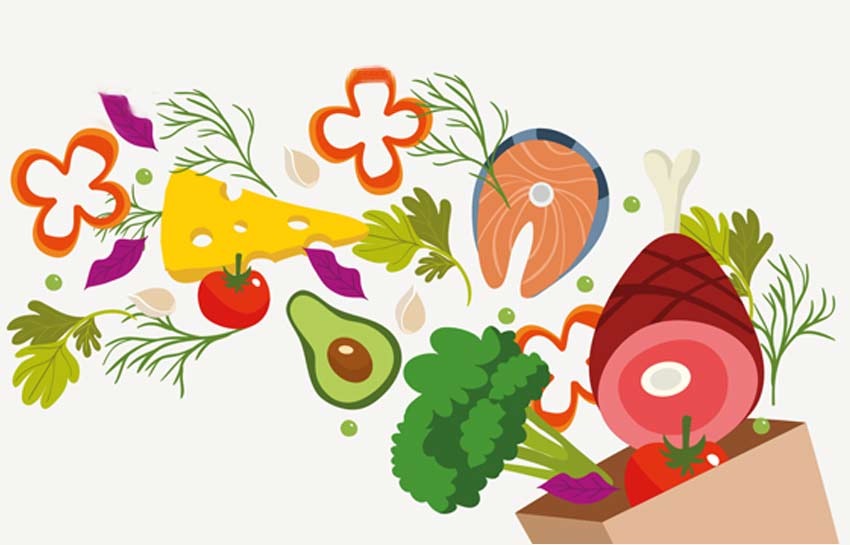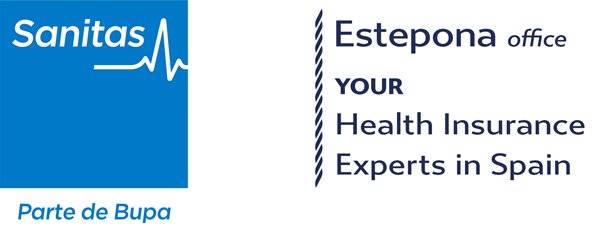
What we eat in autumn is very important because of the marked seasonal changes in the weather and in the types of activity we carry out. We’ve got to get our bodies ready to return to work, begin studying again and for whatever the coming winter holds in store for us.
It’s worth checking if we’ve put on any kilos and seeing if we need to set up any suitably restorative meal plans, using a bit of imagination plus the three basic building blocks to stock up the kitchen cupboards and fridge.
1. Carbohydrates: energy
• Food with few carbohydrates: Green vegetables and orchard fruits.
• Moderate carbohydrate foods: Fresh fruits, from autumnal grapes to moorish fruits of the forests (blueberries, gooseberries, sloeberries, raspberries, blackberries…), pulses, potatoes.
• High carbohydrate foods: Bread, rice, pasta, biscuits, honey.
• High carbohydrate and fatty foods: Cakes, pastries, chocolate, biscuits with sugar and fat.
2. Proteins: build and repair
• High protein foods: Chicken, turkey, cod, white fish, soft cheese.
• High protein foods with low fat: Eggs, milk.
• High protein foods with moderate fat: Red meat, semi-cured cheese, ham.
• High protein foods with a lot of fat: Cured sausage, cured cheese.
• High protein foods with omega 3 oil: Oily fish.
• High protein foods with carbohydrates: Pulses.
• High protein foods with vegetable oils and carbohydrates: Nuts (the ‘autumn proteins’).
3. Fats: energy supplement and cell protection
• Oils, pâtés, butter, spreads, mayonnaise, not forgetting cured meats and cured cheese.
Of these three blocks, controlling carbohydrates and fats is fundamental for weight control.
A good plan for autumn:
A good breakfast: Take your time with a fresh jug of water on hand. Different types of yogurt with sliced fruit or cereal and milk and a glass of freshly made fruit juice; or wholemeal bread with olive oil and white coffee; boiled or scrambled eggs or smoked salmon and rye bread.
Light snacks: Lunches and suppers with plenty of seasonal fruit and vegetables, especially in the evening, including potatoes or pulses; or pasta, rice and moderate amounts of bread, depending on how much weight’s been put on over the summer.
Two dishes with animal protein (at least): Eggs, fish, meat or a decent portion of nuts for vegetarians. In addition, it’s worth including some fruits of the forest, very good for you and not eaten so much in this country.




